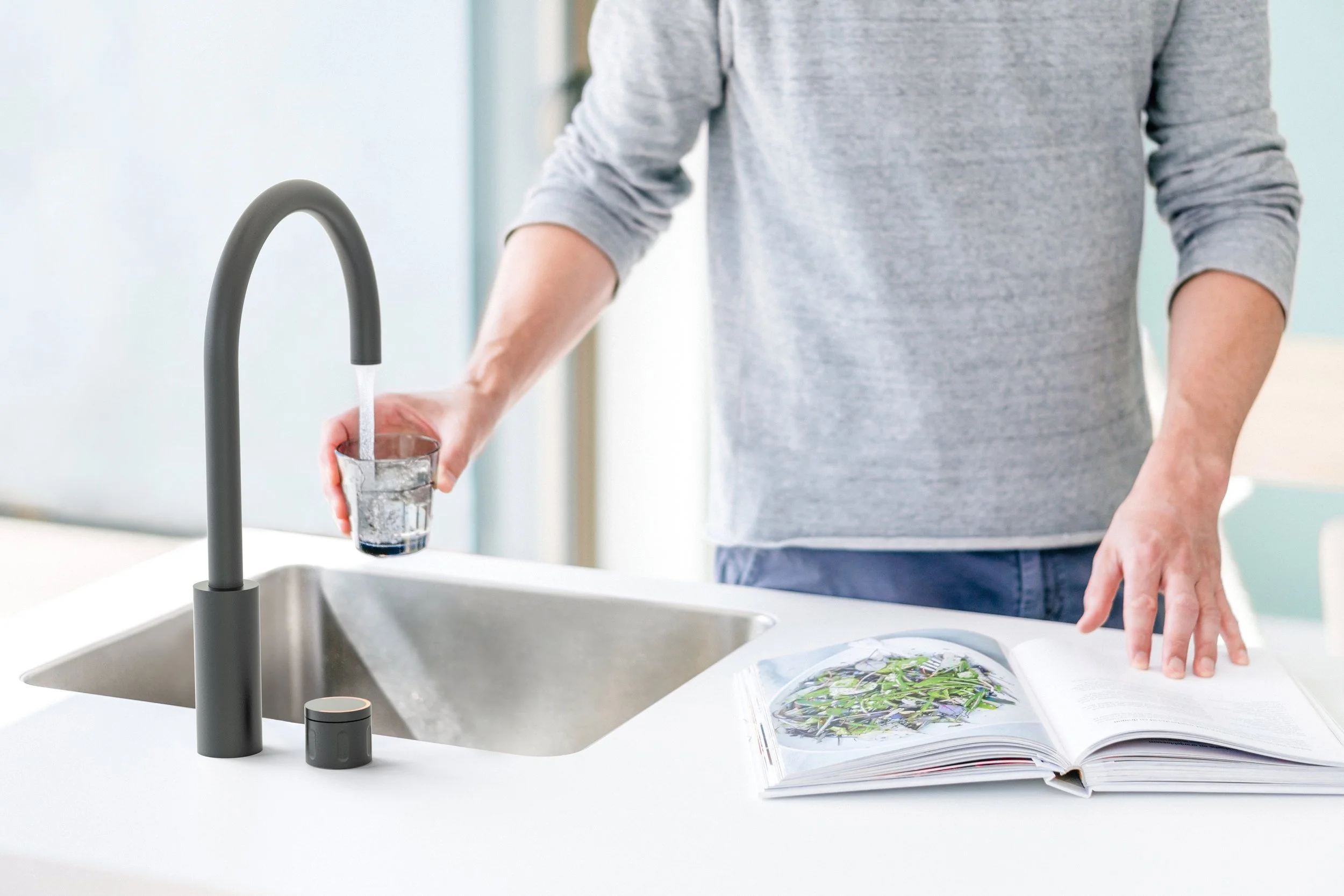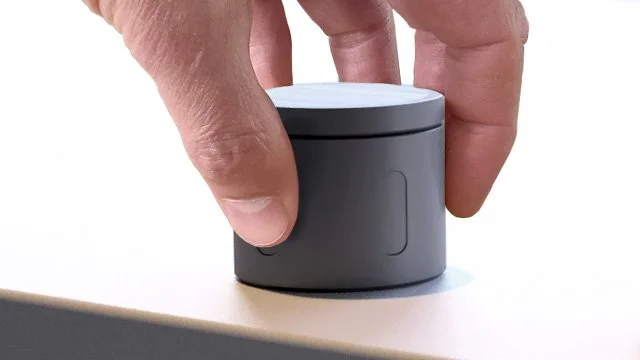Handmade internal project (2018) - Exploring smarter dumb products
The challenge
While in between projects, Handmade stimulated us to develop internal projects. Together with one of the software developers we decided to get weird and play around with cameras, sensors & machine learning to experiment with new interactions for a smarter water tap.
My impact/role
In the past, I made fun of many smart products because of how poorly they performed and how limited their feedback and feedforward systems were. But over time, smart products became better and people got used to them. However, smart products sometimes fail or have unexpected responses. We should consider those when thinking about the experience of the user. I believe we don’t have to design for all the edge cases as long as we design the product in such a way that it enables the user to play, discover and understand what’s happening.
I’ve collected all my learning’s, observations and reflections into a medium article. Over there you can read why it's fine that a water tap doesn’t recognize a cat.
Team
Product Designer (me)
Software Developer
Time frame
4 weeks
Insights
Enable people to update their mental models. As a kid, you’ve played with products and discovered that a chair has many use cases. Playing helps in creating a mental model of a product, making it more predictable and providing a sense of control. In order for people to explore a product, they need to be able to understand the relation between cause and effect. When adding new functionalities to a product there needs to be a safe environment in which people can play with those functionalities in order for them to update their mental model.
Use the full capabilities of human bodies. Humans move, sometimes in clumsy ways, often in pure harmony with the products they use. Have a look at the choreography of movements you make when entering the bathroom, a twist of the wrist, turn the body, flip the light switch, pull down and sit down, all in one fluent movement. Try teaching this to a robot. Dumb products are built for our bodies. But more often than not we see smarter products that remove physical interfaces and slap on a simple touch screen. We need to build smarter products in such a way that we can combine digital interfaces with physical interactions. This way we can use our muscle memory to decrease the cognitive load required to perform everyday tasks.
Products and people are slowly replaced over time. A new smarter product is often sold with the perfect ecosystem in mind, but no one has this perfect ecosystem. We simply don’t replace all of our products every two years, luckily. Therefore, a new product has to play nicely with the older products it is surrounded with. The same is true for who is going to use the product. Shared products in your household will be used by many types of people,ranging from your little kid to grandma. Smarter products need to, at least partly, accommodate to the mental models of those wide range of users.
This is an ugly prototype
And it did not work as smoothly as depicted in this video. We tried but we had limited time so sometimes it worked, most of the time it didn’t. But that was exactly the goal of this project, getting us up to speed with machine learning, and to investigate how to deal with smart projects in relation to a user.
The prototype consisted of a distance sensor and a camera, an actuator to control the water flow and a flow counter to measure the amount of water coming out. The led-ring on top is providing feedback to the user. This way you can see how much water will leave the tap and what the temperature is.


